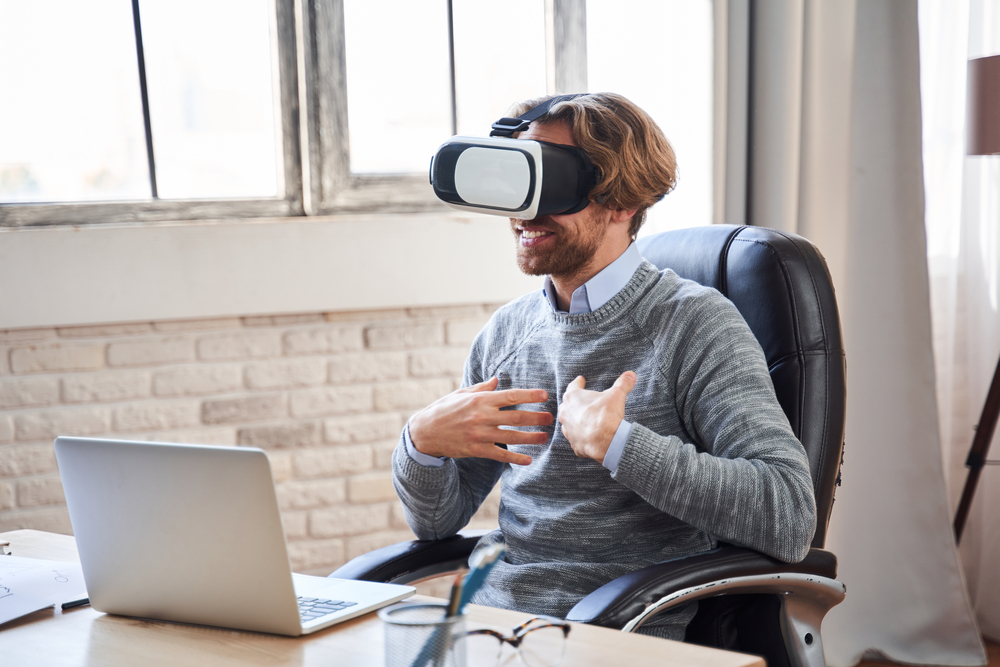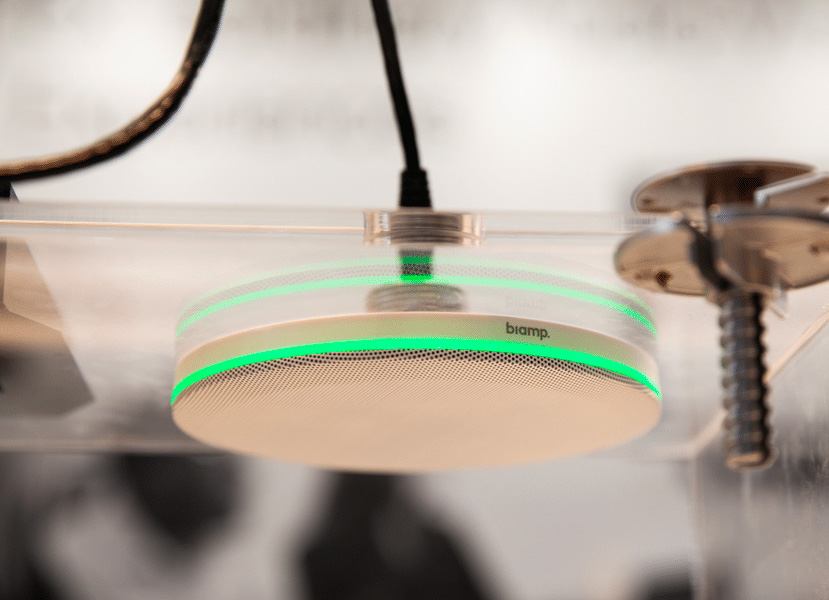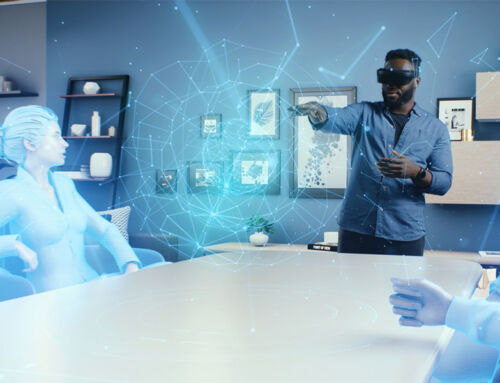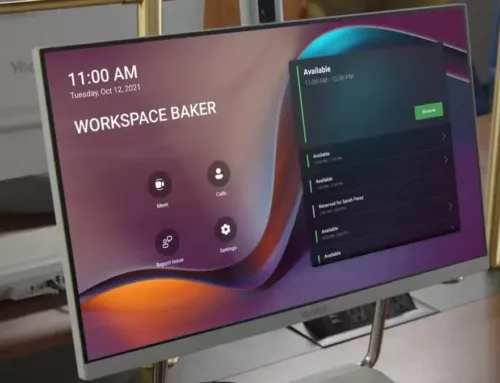Since the start of the pandemic, video conferencing platforms and technologies saw a massive rise in use. Zoom became incredibly popular, and its users grew to a population of over 300 million. Although video conferencing was seeing major growth, it was still clear to many users that this kind of technology could not cover all of a business’s needs.
Video conferencing has its perks in the workplace, but there are still some gaps that it doesn’t cover. Because of these gaps, many businesses have turned to virtual reality technology to remedy any communication and cooperation issues. If you are trying to add more immersion and value to your business’s communications, virtual reality development services can be hired for your business to help you build your own VR solution that can help you take the next logical step for your meetings.
Read on to learn more about VR meetings and the kinds of meetings you can set up.
What is a VR Meeting?
A VR meeting is similar to a traditional meeting, but the difference is that it can take place anywhere with the use of a VR headset. The VR headset transports users into a virtual office setting, and then a meeting is conducted.
Originally VR tech was thought to be a luxury item for video gaming, but as time progressed and products improved, VR has become far more accessible for the average consumer. Today, businesses are paying similar prices for VR technology as they were for webcams and computers combined.
As we head farther into the 2020s, VR tech could easily become the future of VR meetings. It provides everything that employees need to connect with each other. Instead of employees watching each other in small computer windows, employers and employees can be in a completely customizable virtual office, and each member will be able to utilize their own unique avatar.

Types of VR Meetings
Video conferencing solutions have different kinds of meeting styles, and this is no different for VR solutions. Some of the types of VR meetings include:
Virtual business meeting/VR video call: This is the standard and most commonly used type of VR business meeting. Users wear their VR headsets to participate in a VR call with another person through an audio and video stream. This kind of VR software is usually easy to set up and far easier to use than current call/streaming apps.
VR conference: In a VR conference, employees create their own VR avatar. When this is complete, a meeting is set up and the avatars represent the speakers. All participating members can sit at an office desk with an office backdrop, but the host can customize the setting in whatever way they want. When it’s time for the VR team to talk, the meetings still run at a normal pace that would occur in a traditional meeting.
VR remote collaboration: This form of VR meeting allows employees to discuss and actively work on projects until they are completed. Groups can be as small as two people, and they can collaborate together to problem solve and get their work done. The virtual environment gives employees more freedom so that their creativity can thrive.
Virtual workspace: This option comes with comfortable rooms so that employees can work in a safe and secure area. Virtual workspaces have everything an employee needs to carry out their work responsibilities. This option is very good for remote workers because they can tune out any distractions they may face.
Virtual meeting room: VR meeting rooms are like an office where employees can engage in their daily conversations. Think of it like a break room. In this space, employees can discuss different work-related topics and even make plans with each other while wearing their VR headsets.
About the Author:
Ultimate Technologies Group is the global expert in virtual communication and collaboration technology. When it comes to high-end Audio Visual technology solutions, we are trusted by some of the most respected brands:
Commercial AV News & Thought Leadership:

2022 RedDot Winner – Yealink’s MeetingBoard 65

Sound Masking vs. Sound Absorption: Improving Conference Room Acoustics

The Current State of Hybrid Work May 2022




